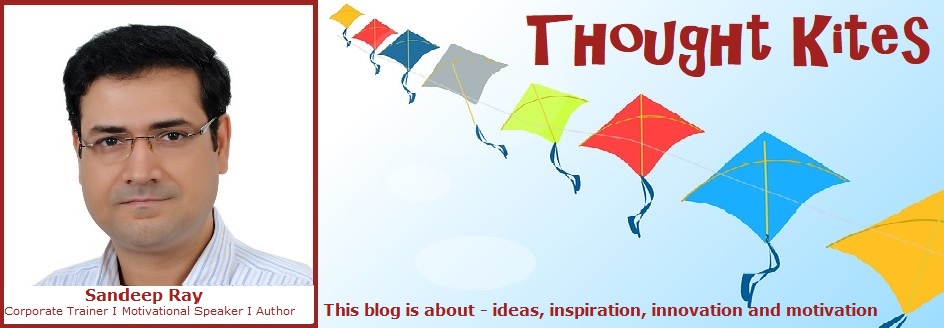Analogy is used to find a similarity between
two different things or situation. It is like when we say - a thing is like
something else. Some motorbike companies draw analogy with a muscular horse or
a bull to emphasize the design or power of the bike.
Analogy is a very old technique which has
been used consciously or unconsciously by many inventors and thinkers while
problem solving. It is extremely effective because it gives us a new direction
to think. Let us look at some famous analogies:
Dr. Rene Laennec was inspired to invent the
stethoscope when he saw children playing with hollow sticks. While a child was
scratching the stick on one end, the other child was listening to the amplified
sound of scratching at the other end of the stick.
The inspiration from a spider got independence for Scotland. King
Robert the Bruce was defeated six times and was forced to hide in a cave where
he saw a spider fail six times trying to spin her web. She succeeded in her seventh
attempt and inspired the king to launch a fresh attack for the seventh time
which got them the much awaited famous victory. The King was able to relate to
the perseverance of a spider and the great analogy got them independence.
The word “productivity” was initially
associated with factory kind of a scenario for measuring the amount of output
per unit of input but now “employee productivity” is widely used by various
industries as a tool to measure the contribution of employees towards their
job.
The word “strategy” evolved from the greek
word “strategos” primarily to be used for a war kind of a situation. Now
“strategy” is used very closely with any kind of competitive situation, like a
game or business.
How to find the appropriate analogies?
Whatever we see around us can be used to
force an analogy.
A family can be compared to a human body in
the following way.
Family Defining the Attributes Human Body
Father Main supply source for fulfilling family's basic needs Heart
Mother Mental and emotional support Brain
Children Dependents Organs
Short stories are like T20 cricket matches.
Ever tried to write a 40 line thriller? 20 lines for weaving in the plots and
20 lines for solving the mysteries. We can try to create maximum excitement in
every line and mystery gets solved in the last line like a bowl out in T20.
Talking to a person who does not know the
languages I speak is like talking to deaf and dumb person. Would learning some
basic sign language help tourists and service providers in places where the
local language is not known to the tourists? Imagine some travel companies
starting classes for teaching sign language and the service providers using the
sign language to enhance customer satisfaction.
Lets us try some exercise…..
Try to find similarity between the following two
things and think of improving any one of them by analysing the attributes of
each:
1. Coconut 2.
Mineral water
Purity of mineral water could be compared to
coconut water. We can think of designing a coconut shaped mineral water bottle
or a coconut flavoured mineral water. Should taste Yummy!!!



